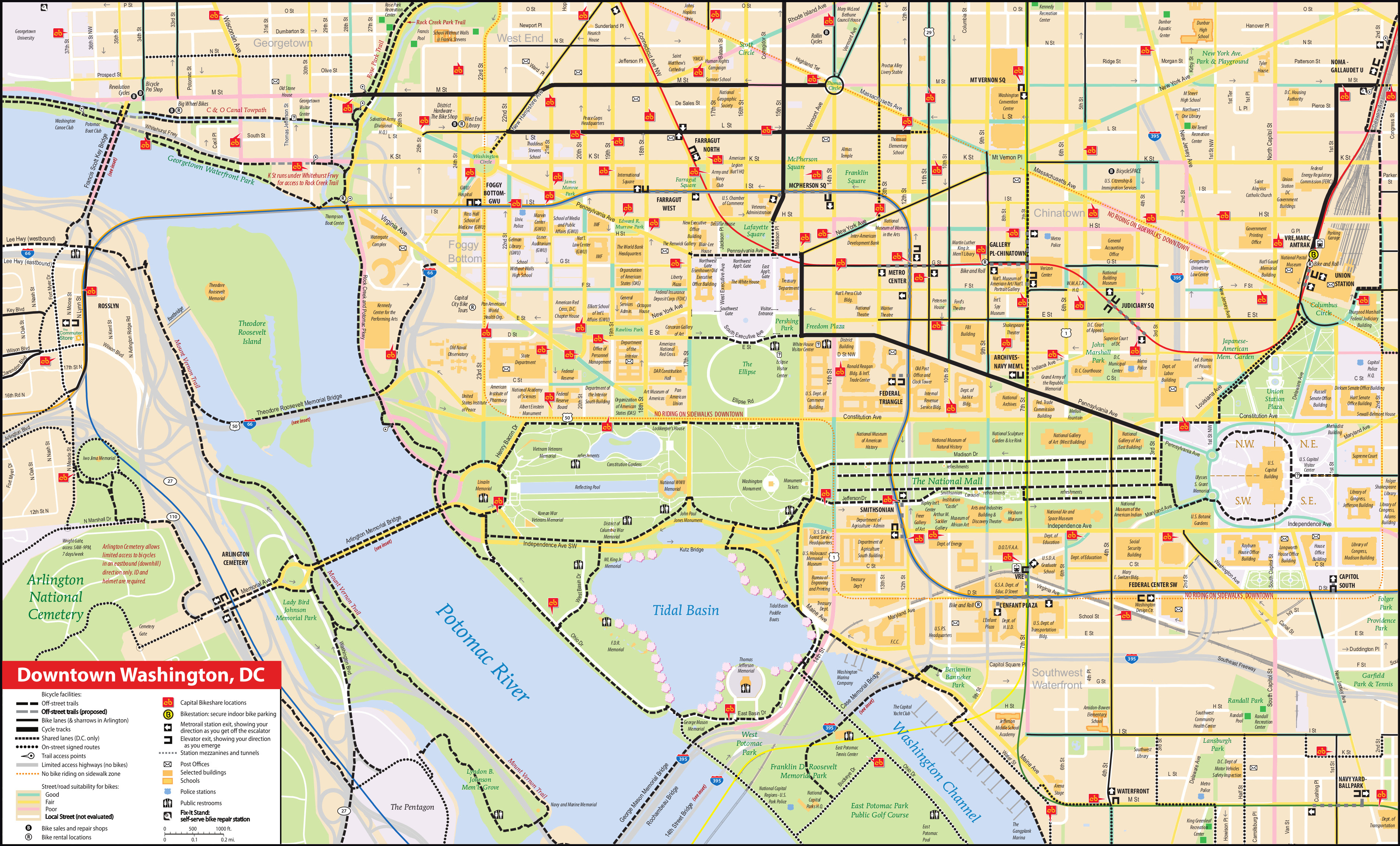
:max_bytes(150000):strip_icc()/VDC_1910-966252dd270241abb47c6134849a3b59.jpg)
This study analyzes a unique 1977-1981 data set on stony-coral abundances and percent cover, collected from eight reefs in BNP, and compares this more than 25-year old data set with published data from surveys conducted from 00. The close proximity of BNP reefs to highly developed areas (i.e., the greater Miami metropolitan area) make them both heavily used and susceptible to a multitude of anthropogenic stresses. The hardbottom, patch, and bank reefs of Biscayne National Park (BNP) are among the most northern reef communities in the Florida Keys reef tract. Conservation efforts should protect connected corridors of mangroves, seagrass beds and coral reefs. Current rates of mangrove deforestation are likely to have severe deleterious consequences for the ecosystem function, fisheries productivity and resilience of reefs. The largest herbivorous fish in the Atlantic, Scarus guacamaia, has a functional dependency on mangroves and has suffered local extinction after mangrove removal. In addition, the biomass of several commercially important species is more than doubled when adult habitat is connected to mangroves. Mangroves in the Caribbean strongly influence the community structure of fish on neighbouring coral reefs. Here we show that mangroves are unexpectedly important, serving as an intermediate nursery habitat that may increase the survivorship of young fish. Indeed, mangroves might be expected to have negligible influence on reef fish communities: juvenile fish can inhabit alternative habitats and fish populations may be regulated by other limiting factors such as larval supply or fishing. Juvenile coral reef fish often inhabit mangroves, but the importance of these nurseries to reef fish population dynamics has not been quantified. Mangrove forests are one of the world's most threatened tropical ecosystems with global loss exceeding 35% (ref. While challenges still remain, the transition from engineering to ecological solutions for reef degradation has opened the field of coral reef restoration to a wider audience poised to contribute to reef conservation and recovery in regions where coral losses and recruitment bottlenecks hinder natural recovery.

With a strong scientific basis, coral gardening activities now contribute significantly to reef and species recovery, provide important scientific, education, and outreach opportunities, and offer alternate livelihoods to local stakeholders.

We detail the steps for establishing a gardening program as well as long-term goals and direct and indirect benefits of this approach in our region. We review the adoption and expansion of the coral gardening framework in the Caribbean and Western Atlantic where practitioners now grow and outplant 10,000’s of corals onto degraded reefs each year. Here, we describe the recent shift from costly and complex engineering solutions to recover degraded reef structure to more economical and efficient ecological approaches that focus on recovering the living components of reef communities. Reef restoration activities have proliferated in response to the need to mitigate coral declines and recover lost reef structure, function, and ecosystem services.


 0 kommentar(er)
0 kommentar(er)
